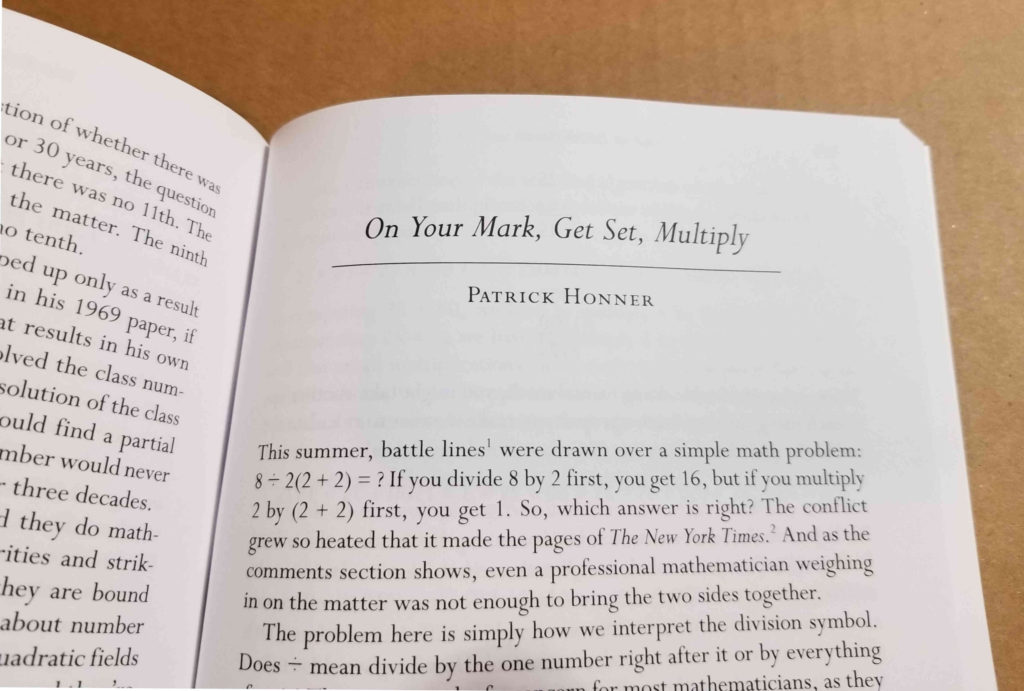As I reflect on my professional 2023 I keep coming back to the line “Normal is normal again.” Not the world, certainly, and not for everyone, but since changing schools nearly five years ago this is the first year when being in the classroom hasn’t felt extraordinary for extraordinary reasons.
Still, it’s been a mix of the new and the old. In addition to my normal lineup of geometry, calculus, and linear algebra courses, I’ve been doing more mathematical modeling with students this year. In the spring we had a team of modelers invited to compete in the International Mathematical Modeling Contest (IM2C), thanks to their excellent work on last year’s High School Mathematical Contest in Modeling (HiMCM), and I’ve been working to expand the program at school. This year interest was high enough to have eight teams compete in the HiMCM, and we’re looking forward to new modeling opportunities this spring. In addition, a colleague and I mentored around 70 students who competed in a national forecasting tournament inspired by the Good Judgement project, and our teams took first and second place!
An extracurricular highlight this year was interviewing mathematician and author Manil Suri for the Jaipur Literature Festival. We had a lively talk about his excellent new book, The Big Bang of Numbers, and also about math, writing, and teaching, and the Asia Society of New York made the entire video of our conversation available here.
As usual, I continued to design and run workshops for teachers this year, including a new entry in my ongoing linear algebra series titled Learning to Love Row Reduction. I also gave two talks at this year’s NCTM Annual Meeting: So, You’re Teaching Pre-Calculus, and A Case for Linear Algebra. I’m already looking ahead to new talks this coming year, including an upcoming workshop on the geometry of linear regression I’ll be presenting in February.
Writing my column for Quanta Magazine was as challenging, and fulfilling, as ever, with pieces aimed at bridging the gap between classroom and research math focused on the newly discovered aperiodic monotile, the algebra of secret codes, graph theory and cliques, a high school student’s amazing proof, and what three-point turns tell us about a hundred-year-old geometry problem.
And with the landscape of social media continuing to change, I’ve been enjoying my time on Mastodon more and more in 2023.
Platforms based on decentralization, user autonomy, and interoperability definitely seem like the right way forward. And I’ve been trying to do a better job of archiving what I write by cross-posting some of my social media posts here on my blog.
It’s been a good 2023, and here’s hoping for another good, and relatively normal, 2024!
Related Posts



